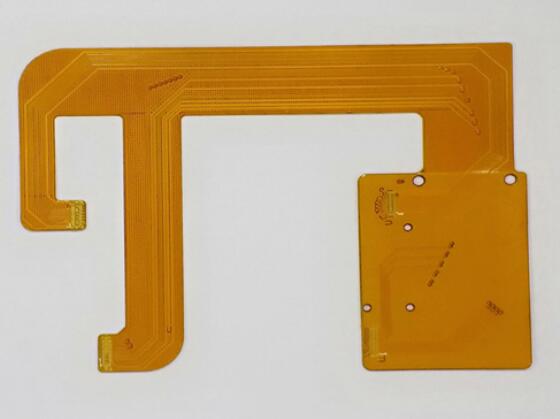
Blistering and delamination are the most feared phenomena in the production process of FPC multilayered boards, so why? How to solve it? What is the reason for this phenomenon? Let's talk about the actual situation and solutions of the factory in detail.
1. Improper suppression leads to the accumulation of air, moisture and pollutants;
2. Due to insufficient heat, short cycle, poor quality of prepreg and incorrect function of the press during the pressing process, the curing degree has problems;
3. The inner circuit is poorly blackened or the surface is polluted during blackening;
4. The inner plate or semi-curing sheet is contaminated;
5. Insufficient glue flow;
6. Excessive glue flow - almost all the glue content in the semi-cured sheet is extruded out of the board;
7. In the absence of functional requirements, the occurrence of large copper surface of the inner plate shall be minimized (because the binding force of resin to copper surface is far lower than that of resin to resin);
8. When vacuum pressing is used, the resulting pressure is insufficient, which will damage the glue flow and adhesion (the residual stress of multilayer plates pressed by low pressure is also less).
1. The inner plate shall be baked and kept dry before laminating and pressing; Strictly control the process procedures before and after pressing to ensure that the process environment and process parameters meet the technical requirements.
2. Check the Tg of the pressed multilayer plate, or check the temperature record of the pressing process; Bake the pressed semi-finished products at 140 ℃ for 2-6 hours, and continue to cure.
3. Strictly control the process parameters of the oxidation tank and cleaning tank of the blackening production line and strengthen the inspection of the appearance quality of the board surface; Try double-sided copper foil (DTFoil).
4. The cleaning management of operation area and storage area should be strengthened; Reduce the frequency of manual handling and continuous plate removal; Various bulk materials shall be covered to prevent pollution during stacking operation; When the surface treatment of the tool pin must be lubricated and released, it should be separated from the stacking operation area and cannot be carried out in the stacking operation area.
5. Properly increase the pressure intensity of pressing; Properly slow down the heating rate and increase the glue flow time, or add more kraft paper to ease the heating curve; Replace the semi-cured sheet with high glue flow or long gelling time; Check whether the steel plate surface is flat and free of defects; Check whether the length of the locating pin is too long, which causes the heating plate not to be tightly attached and causes insufficient heat transfer; Check whether the vacuum system of the vacuum multilayer press is in good condition.
6. Adjust or reduce the applied pressure properly; The inner plate before pressing needs to be baked and dehumidified, because water will increase and accelerate the glue flow; Use the semi-cured sheet with low glue flow or short gelling time.
7. Try to etch the useless copper surface.
8. Gradually increase the pressure strength used for vacuum compaction until it passes five times of float welding test (288 ℃ for 10 seconds each time).

Online
Service
ConsultationTime:9:00-18:00
Hot
Line
0755-27847787
7*24H Service
Follow
Us
 Website
Website